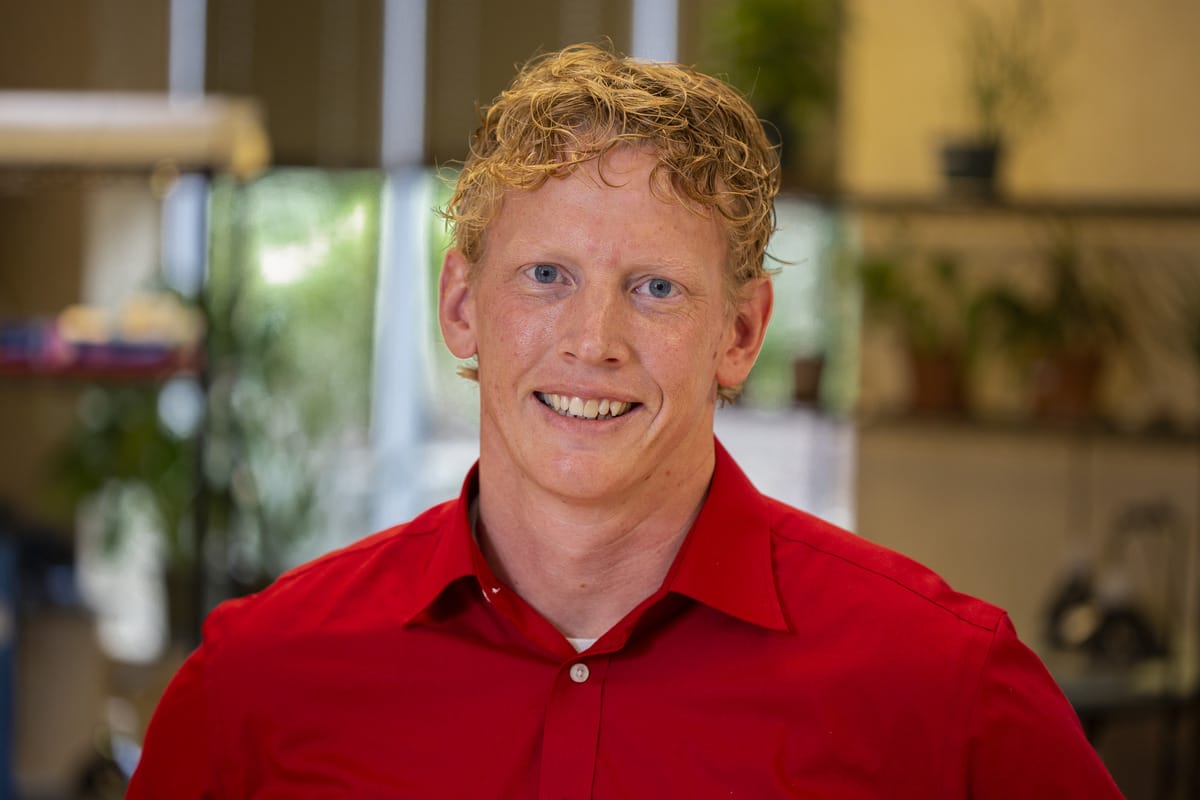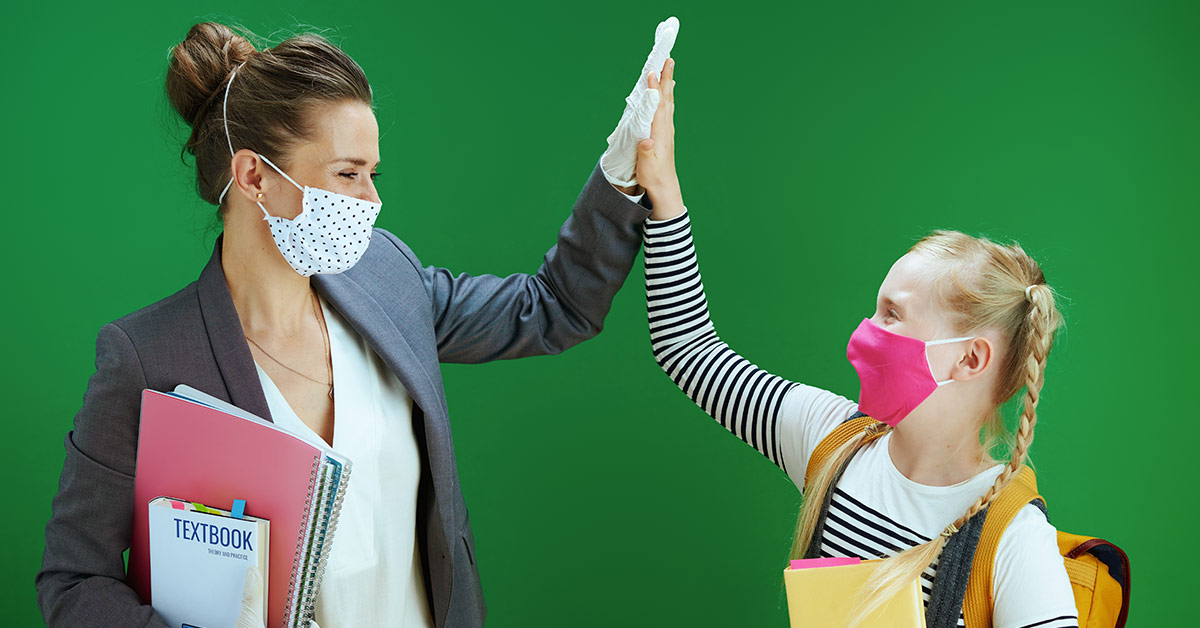We’ve all got immunity on our minds these days. With the long-awaited, much-anticipated rollout of the COVID vaccine, we’re looking forward to a world where our great big social herd is immune to the disease that’s wreaked so much havoc.
It has been a very long pandemic, but help is on the way. Hope, finally, is in the air. Immunity is starting to build, in the bodies of the millions of people who have already received their vaccines. Immunity is our way out — our way back into a world where connection and community abound.
Through immunity we move back into community. Those two words will be at the heart of our experience over the coming year — and they can shed valuable light on how to teach wisely on the other side of the pandemic.
Service
Community is a deep human need. We’re exhausted by remote learning. We’ve been drained by social distancing. We long for human connection—but community is deeper than simple connection.
Both “immunity” and “community” share a root: munis. It means, “ready to be of service.” Originally, immunity meant that you were free from a particular obligation — military service, for instance, or tax payments. And community simply meant a group of people who would serve, in some way, together.
Think, for a moment, about what that means for our classrooms. When we talk about building a classroom community, we’re not merely talking about helping our kids get along together. We’re not just building a group that learns well together, we’re building a group that serves together. A true classroom community can make the world a better place.
Isolation
Disease can take over our body — germs can use us as a host to aid in their own survival and reproduction. Immunity is a wonderful thing when it keeps us from being pressed into the service of a disease. But in a broader sense, immunity can be deadly.
What’s in it for me is our society’s reflexive position. If we give something away for nothing — whether that’s our money or our time or our talents — some may feel that we’re seen as suckers, and that service is seen as weakness and selflessness as naivete.
But a self-centered life may have its own punishment, too, and if we fail to teach our students the joy of sacrifice we deprive them of one of life’s deepest joys.
How to Build Community
Learning sometimes feels far removed from any purpose. Sure, we’ll be able to use our knowledge someday to make the world a better place, but that day won’t come for ages.
To build community — to help our students serve the world together — we need to give them chances to help today. One great way is to use their gifts and talents in specific ways that make them know that they’re valued and valuable.
Another outstanding way to build classroom community is to have your students engage in project-based learning experiences. These take them outside the walls of their classroom. Have your students reach out to the broader world to show them that they have the power to be a force for good, today.
Want specific ideas on what they could do? That’s why we put together Blue Apple projects — and whenever you buy one, every penny of profit goes to help create even more great learning experiences for teachers and students.

